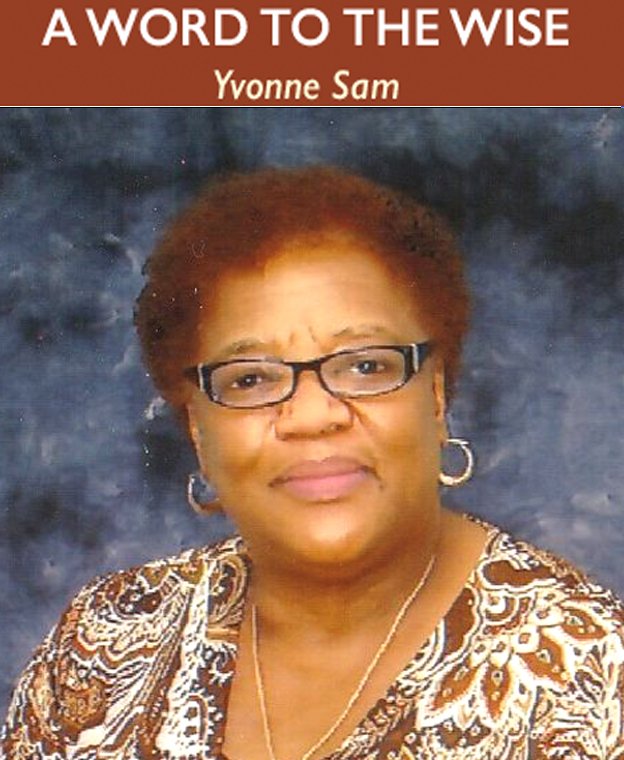“Today teaches tomorrow a lesson” – African Proverb
Canada has always been touted as a forward thinking land of freedom; a multicultural society where all citizens are free from racial discrimination. Historically, while Canada did not have (Jim Crow) laws like in the United States, segregation did exist in the true North strong and free.
Southwestern Ontario became home to Canada’s largest historic Black population, due to waves of Black settlement in the late 18th and early 19th centuries. Despite looking to Canada as a new beginning, the Black settlers faced intense racism from the white community in the area.
Sundown Towns, sometimes referred to as sunset towns, was a term brought forth by American sociologist James W. Loewen. The term came into use because of signs that directed “colored people” to leave town by sundown. Although specific to the United States, this phenomenon did exist in Canada. Sundown laws in Canada were discriminatory laws that threatened Black people with violence if they were not off the streets of the city by sundown, and were part of a system of racial segregation that limited the freedoms of Black Canadians.
Examples of sundown towns in Ontario
Leamington, a municipality in Essex County , Ontario known since the 20th century as the “Tomato Capital of Canada”, and forming the second largest urban centre after Windsor threatened Black people with violence if they were out after dark.
This action and deterrent was also played out in Kingsville, Canada’s most southern town, situated along the north shore of Lake Erie. Restaurants were segregated and there was a whites-only movie theater in Harrow, a small town located in Essex County, Ontario, known for its wineries, agricultural heritage, and scenic countryside.
According to Elise Harding-Davis, a seventh-generation African-Canadian and former curator of the North American Black Historical Museum in Amherstburg, you would not find the laws in the books; they were not written. They were simply public knowledge.”
Again, segregation was not just an American phenomenon. .Several provinces including Ontario, Quebec and Nova Scotia operated segregated schools. Before becoming a province, Quebec was a French colony known as New France. As a French colony, slavery existed under Le Code Noir. This influenced later policies where black people were seen as inferior to white people. In the education system, black children were streamed into different careers, creating a segregated workforce.
In Ontario, the Common Schools Act of 1850 gave local school boards the power to create racially segregated schools, which were most common in southwestern Ontario, home to Canada’s largest historic black population.. Black children were often kept out of schools attended by white children or forced to sit in separate sections. White community members brought pressure to bear on Superintendent of Education Egerton Ryerson to amend the Common School Act of 1850 and write the racially segregated schools into Ontario law.
Racial segregation in education was reinforced and maintained by Ontario’s provincial court system. Once racially segregated schools were established, the courts upheld the practice. Black children were refused admission to white schools despite Black parents suing common school trustees.
Black parents spoke up and fought against school segregation. In 1843, a petition from “The Coloured People of Hamilton” was sent to the Governor General protesting the practice of segregated schooling for Black children.
In 1883, J.L. Dunn, a Black man, challenged school segregation by sending his daughter to the local ‘white only’ public school in Windsor. This caused quite an uproar.
There was often disagreement within black communities themselves about the merits of separate schools. Many parents had been fighting for integration since the 1800s, but there were also others, including many trustees, who preferred separate schools. There was pride to be found in the success of black schools and black students, and in the community’s ability to provide jobs for black teachers. Especially encouraging to the black community was a school run by black teachers in Buxton, in Kent County, which had such a good reputation that white parents wanted to, and did, send their children there.
Undeterred by these ongoing protests, racially segregated schooling in Southwestern Ontario continued until the 1960’s when members of the community formed a lobby group called the South Essex Colored Citizens Association to push for school integration . In 1964 elected as the first Black member of parliament in Ontario, he used his first speech in the legislature to speak out against racially segregated schooling. His words drew media attention to the issue, and the law was finally removed, marking the end of legal racial segregation in Canada and the closure of the last segregated school School Section 11 located in Merlin, Ontario took place in 1965.
It was not until the passing of the 1977 Canadian Human Rights Act that practices began to change and the last segregated school in Canada closed in 1983 just outside Halifax, in Lincolnville, Nova Scotia.
Aleuta continua— The struggle continues.















